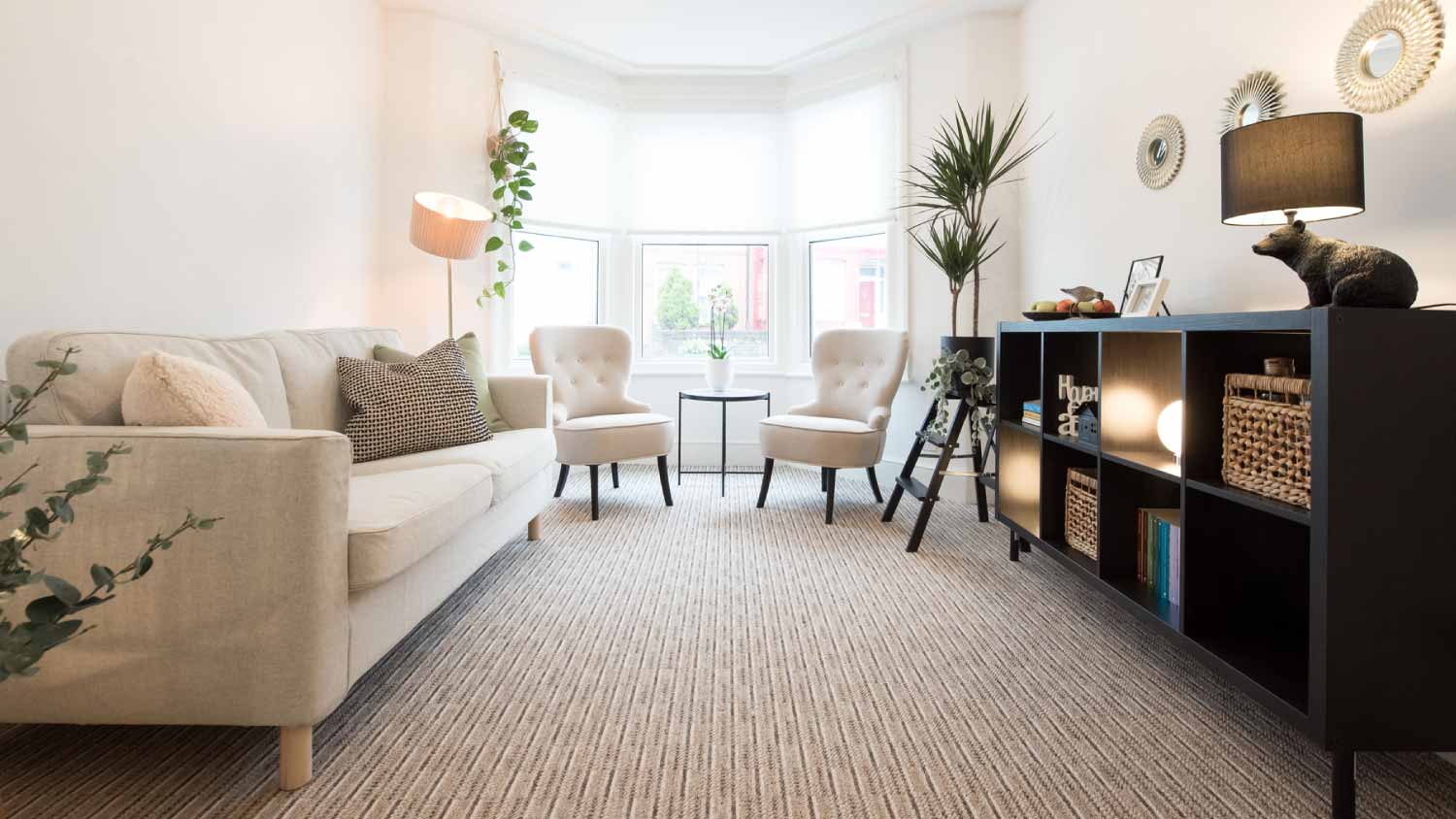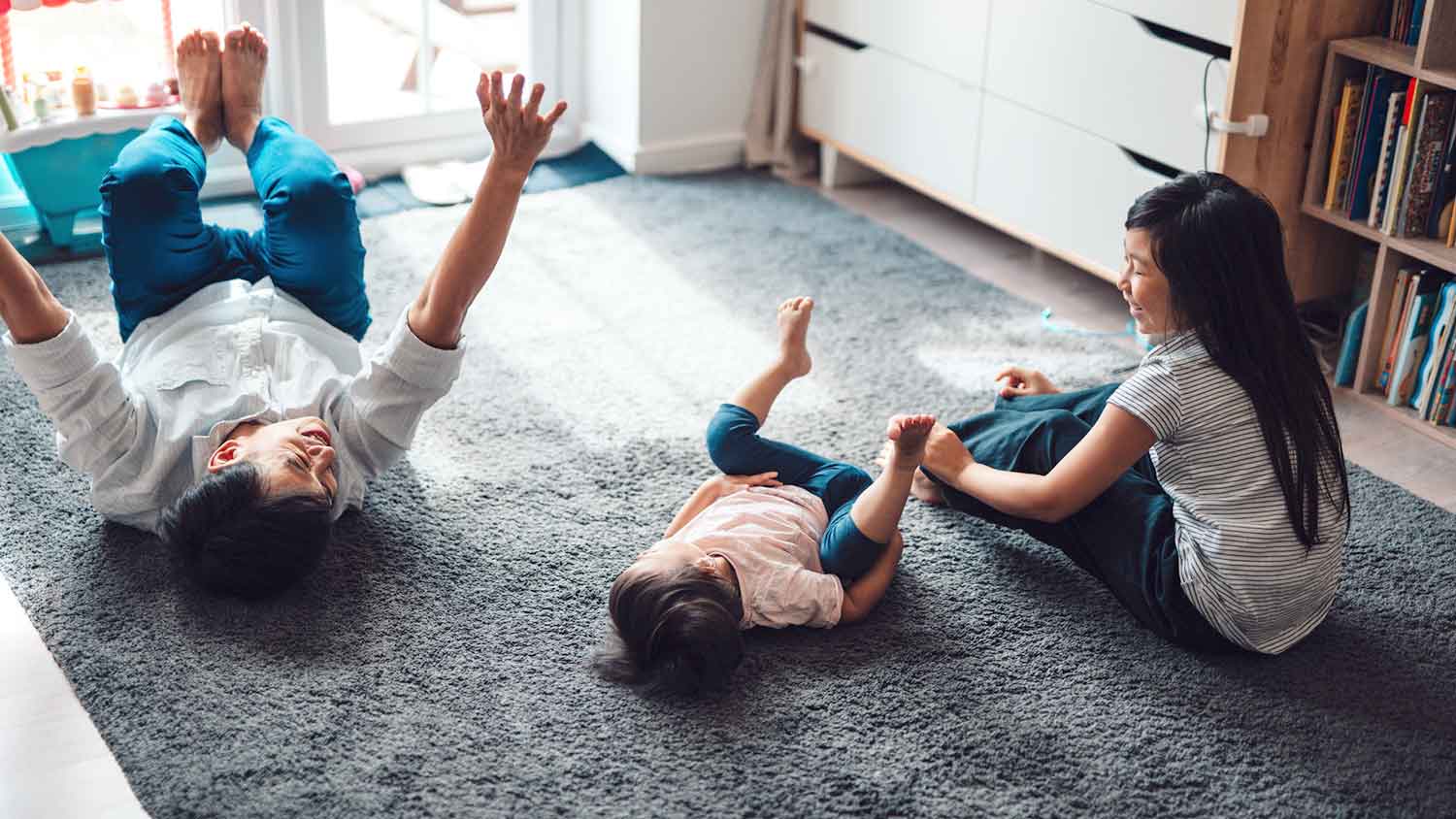
Discover average carpet cleaning costs, price factors, and tips to save. Get transparent estimates to keep your carpets fresh and your home healthy.
Carpet cleaning costs depend on your project and location. Check with a local pro for your specific job.
Professional pet odor removal restores comfort and home value.
Costs vary by odor severity, treatment method, and home size.
Deep cleaning and advanced treatments increase the overall price.
Regular maintenance can prevent costly repeat services.
Hiring a professional cleaner ensures thorough and long-lasting odor elimination.
The average cost of a pet odor removal service is $350, with most services ranging from $100 to $700, depending on the severity and size of the affected area. Homeowners may pay as little as $50 for a single room or up to $2,000 for whole-home treatments. Most services charge per room or square foot.
Removing persistent pet odors is essential for a healthy, welcoming home. In this guide, we’ll break down what impacts pet odor removal service cost, how to budget for it, and practical tips for saving money.
Understanding the factors that affect the cost of pet odor removal services helps you make informed decisions and avoid surprises. Let’s look at what drives the price.
Pet odor removal covers a range of services, from surface carpet cleaning to deep subfloor restoration. Surface-level treatments, such as carpet or upholstery cleaning, are less expensive and address everyday odors. Invasive services, such as subfloor treatment or HVAC cleaning, are needed for odors that have penetrated deeper layers.
Treating urine or feces generally costs more than dander or light odors because these require stronger products and sometimes multiple treatments. Odors affecting multiple surfaces or rooms, or homes with several pets, also raise the total.
| Service Type | Average Cost Range | Best Use |
|---|---|---|
| Carpet cleaning | $100–$350 | Surface odors in carpeted rooms |
| Upholstery cleaning | $50–$200 per piece | Sofas, chairs, or mattresses |
| Subfloor treatment | $300–$1,000 | Severe contamination below the carpet |
| Air purification | $150–$500 | Whole-room or whole-home odor removal |
| HVAC cleaning | $300–$700 | Odors circulating through ductwork |
The size of the affected area is a major cost driver. Most companies price their services per room, per square foot, or provide a flat rate for whole-home treatments. Cleaning one room costs much less than treating several rooms or an entire house.
| Area Treated | Average Cost |
|---|---|
| 1 room | $100–$300 |
| 2 rooms | $200–$500 |
| 3–4 rooms | $400–$800 |
| Whole house | $600–$2,000 |
A larger or more severely affected space requires more labor, materials, and sometimes specialized equipment, increasing the total pet odor removal service cost.
The products and equipment used for pet odor removal have a direct impact on cost. Enzymatic cleaners and HEPA vacuums are standard for most jobs, while ozone machines or sealants are reserved for severe odors. Eco-friendly or specialty products tend to cost more, but they are safer for families and pets.
| Material Type | Cost Range | Purpose/Benefit |
|---|---|---|
| Enzymatic cleaners | $10–$40 | Break down odor-causing organic matter |
| Ozone machine rental | $50–$150 per day | Neutralizes airborne odors |
| HEPA vacuum | $20–$50 per use | Removes pet dander and particulates |
| Sealants/subfloor coats | $50–$200 | Blocks persistent odors at the source |
| Eco-friendly products | $15–$60 | Non-toxic, safer for pets and children |
For extensive odor damage, you may see added charges for subfloor sealants or specialty deodorizers.
Labor costs make up a significant portion of the cost of pet odor removal services. Trained cleaning technicians and remediation specialists handle most jobs, with rates varying by region and company. Labor is typically charged per hour (ranging from $30 to $75), per room, or as a flat project fee.
Labor charges often include inspection, cleaning, and follow-up visits to ensure odors are eliminated. Projects that require moving furniture, multiple treatments, or complicated prep work increase labor time and, therefore, cost.
Some jobs require extra preparation before odor removal can begin. This can include a thorough inspection to locate odor sources, moving furniture, or even removing carpet or prepping subfloors. Most companies include basic prep in their quotes, but challenging setups or difficult access (like stairs or tight spaces) may cost more.
If you need to move large furniture or remove flooring, expect additional charges ranging from $50 to $200, depending on the complexity.
Tipping is not mandatory for pet odor removal service professionals, but it’s appreciated for exceptional service. If you choose to tip, a common practice is to offer 10% to 20% of the total service cost or a flat $10 to $50, especially for large or complex jobs. Tipping is most customary when the crew goes above and beyond, such as handling emergency treatments or moving heavy furniture.
Several other factors can add to your final bill:
Demolition or removal of damaged materials, such as carpet, padding, or baseboards, can cost between $100 and $500.
Post-treatment cleanup and disposal fees are sometimes included, but can add $25 to $100 if not.
If major remediation is needed, permit or inspection fees might apply, ranging from $50 to $200.
Severe odor damage may require structural repairs. Subfloor replacement or drywall repair costs $200 to $1,500 or more.
Add-on features, such as air purification, HVAC duct cleaning, or protective coatings, are billed separately.
Keeping pet odors away for good sometimes requires ongoing effort and investment. Here’s what to expect after the initial treatment.
Regular maintenance is key to preventing odors from returning. Professional cleaning every three to twelve months costs $100 to $400 per visit, depending on the area serviced. At-home products, such as enzyme sprays or powders, cost $10 to $30 each and help manage minor odors between deep cleanings.
A consistent cleaning schedule reduces the need for costly, deep treatments down the line.
Sometimes, odor removal reveals underlying damage that needs repair. Replacing carpet or padding costs $100 to $300. Major repairs, such as subfloor or drywall replacement, can cost $500 to $2,000 or more.
If the odor has not penetrated structural materials, cleaning alone is often sufficient. When in doubt, ask your service provider for an honest assessment.
Sure, DIY cleaning may seem cheaper, but equipment rentals, cleaning solutions, and the time involved add up fast, often without entirely removing deep-set pet odors. A local odor removal professional will bring commercial-grade equipment and targeted treatments that go beyond surface cleaning, eliminating the ruff stuff.
Professionals can handle challenges that most DIY methods can’t by:
Using industrial-strength equipment that removes odors trapped deep in carpet fibers and padding
Applying enzymatic and specialized treatments designed for pet urine and organic odors
Saving you hours of labor and avoiding the hassle of renting and returning equipment
Reducing the risk of over-wetting carpets, which can lead to mold or mildew
Delivering longer-lasting results, especially for recurring or severe pet odors
Some light prep and maintenance are doable on your own, both before and after a professional deep cleaning:
Vacuum thoroughly using a HEPA or pet-specific vacuum
Spot-treat fresh stains with store-bought enzymatic cleaners
Use baking soda or pet-safe deodorizers for temporary odor control
Maintain regular cleaning to prevent odors from setting into the carpet and padding
Pet odor removal often includes optional services that can improve results or address specific concerns. Here are popular add-ons and their average costs:
Deep carpet cleaning costs: $100 to $350
Upholstery or mattress cleaning costs: $50 to $200 per piece
Air duct/HVAC cleaning: $300 to $700
Ozone or hydroxyl generator treatment: $150 to $500
Subfloor sealing or replacement costs: $300 to $1,000
Protective treatments to prevent future odors: $50 to $250
Emergency or after-hours service fees: $100 to $300
These add-ons can be bundled with your main service or selected as needed for a tailored solution.
To keep your pet odor service budget-friendly, consider the following tips:
Schedule regular maintenance to prevent severe odors.
Address pet accidents promptly to avoid deep contamination.
Compare quotes from multiple service providers.
Bundle services (e.g., carpet and upholstery cleaning).
Move furniture and prep areas yourself to reduce labor charges.
Opt for targeted treatments instead of whole-home service when possible.
Use at-home maintenance products between professional cleanings.
Discuss which rooms are affected, the space's size, and the severity of the pet odors.
Talk through your budget and explore treatment options that fit within various price ranges.
Outline timing expectations, especially if odors are affecting daily use of the space.
Discuss add-on services you may need, like upholstery cleaning, subfloor treatment, or HVAC odor removal.
Flag access issues or prep needs, like moving heavy furniture, flights of stairs, or areas that may require extra care.
Home is the most important place on earth, which is why Angi has helped more than 150 million homeowners transform their houses into homes they adore. To help homeowners with their next project, Angi provides readers with the most accurate cost data and upholds strict editorial standards. We extensively research project costs to develop the pricing data you see, so you can make the best decisions for you and your home. We rely on reputable sources, including the U.S. Bureau of Labor Statistics, academic journals, market studies, and interviews with industry experts—all to ensure our prices reflect real-world projects.
Want to help us improve our cost data? Send us a recent project quote to [email protected]. Quotes and personal information will not be shared publicly.
From average costs to expert advice, get all the answers you need to get your job done.

Discover average carpet cleaning costs, price factors, and tips to save. Get transparent estimates to keep your carpets fresh and your home healthy.

Mold is more than a stinky eyesore: It is also a health hazard. You need to act quickly when you suspect mold in your carpeting.

Some homeowners wonder if professional carpet cleaning is worth the cost. We break down the pros and cons so you can decide what works best for your home.

When your stain fighter causes a stain of its own, it's best to act fast. Here are some DIY tips and tricks on how to get laundry detergent out of your carpet.

Once your carpet is clean, you might be wondering: Should I vacuum after steam cleaning carpet? The answer is yes—this article details what to know.

Parents may worry about exposing kids to the chemicals used in carpet cleaning. Here’s what risks exist and how to prep for a carpet cleaning service.